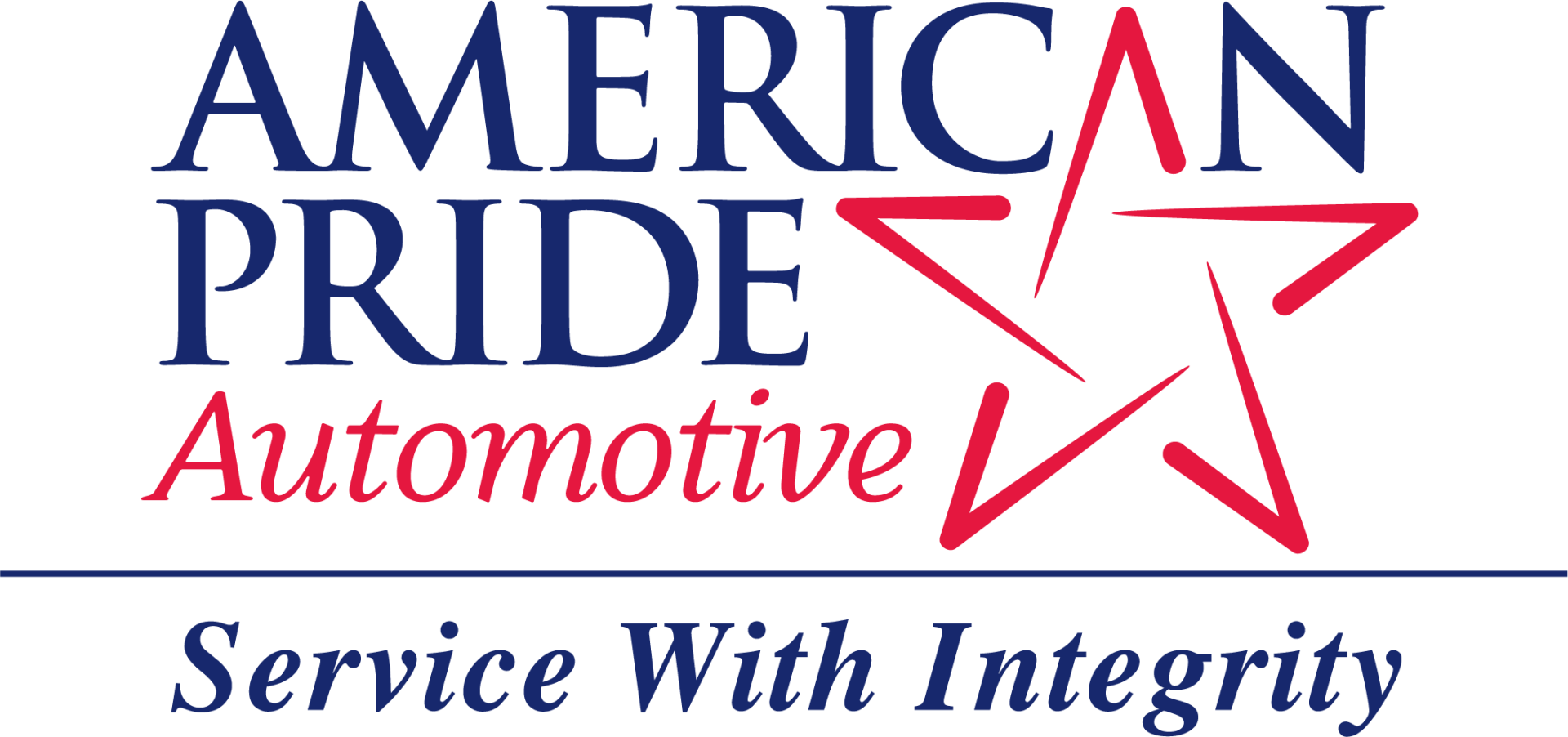KNOW WHEN TO REPLACE YOUR TIMING BELT
American Pride Automotive • November 29, 2010
Worn belts can wreak havoc on a car. The serpentine belt you see here is cracked and has pieces of the ribbing missing in several places. While some cracking in not cause for concern, pieces can start coming out, increasing the chance that the belt could slip, or even break. Besides cracking, it’s also important to look out for a shiny surface on the smooth side of the belt or sparkly bits on the grooved side. This is caused by sand embedding in the belt and can cause the belt to squeal. The timing belt and serpentine belts are the most critical.
The timing belt controls the intake and exhaust valves of the engine's cylinders. If the timing belt breaks, the crankshaft and camshaft will no longer operate in sync, resulting in catastrophic failure of the engine which can be VERY expensive to repair. Needless to say, you should have your timing belt replaced when the factory schedule recommends it, usually between 60,000 and 100,000 miles. It’s not an inexpensive repair, but it’s cheaper than a new engine!
The serpentine belt runs the alternator (charges the battery), the power steering pump, the air conditioning compressor, and sometimes the water pump (helps cool the engine). The failure of this belt will cause all the lights in the vehicle to come on (as the alternator stops charging the battery), the AC to stop working, the power steering to fail, and can cause the engine to overheat. Replacing the serpentine belt is a relatively inexpensive maintenance item, so be sure to replace it on time!

You’re driving home at night and it is raining cats and dogs. You can’t see but 20 feet in front of your car, but you’ve slowed down and are being extra cautious, so what could go wrong? Then you feel it. A sinking Cl-clunk. Maybe that “puddle” you saw ahead of you was deeper than just a puddle. Before you know it, your car is stalling in the high water in the middle of the road. Now what? First off, don’t panic. Turn on your hazards and crank the ignition once. If the car starts, make it dry land and pull over to assess the damage. If it does not start the first time, do not try to start it again. Doing so can result in a hydro locked engine and will likely necessitate the rebuilding or replacement of the engine. Unfortunately, if you find yourself stalling in water at all, your vehicle will probably need costly repairs. The best way to avoid water damage is to practice safe and smart driving in wet weather, which brings us to Part 2 of the Everything Auto “Blame it on the Rain” series (Find Part 1 here). Take heed of these severe weather driving tips: 1. TAKE NO CHANCES ON PUDDLES Even if the standing water ahead of you looks shallow enough to drive through, think twice. If the water is “rushing” or if other drivers are making a point to avoid it, don’t assume that your vehicle is the exception. Additionally, you never know the hazards that lay at the bottom of a puddle. Hidden potholes or debris can pierce your tires and jostle your alignment and suspension system. 2. IF YOU MUST TAKE A CHANCE, TAKE IT SLOW AND STEADY When you deem it necessary and safe to drive through water of questionable depth, go slowly. Speeding through a puddle, even a shallow one, can splash water into your vehicle’s intake and critically harm the engine. Like we mentioned last week, after driving through standing water, lightly tap your brakes to make sure they aren’t saturated and to dry them off. 3. KEEP A ROADSIDE EMERGENCY KIT HANDY Sometimes, no matter how careful you are on the road, accidents and vehicle malfunctions happen, especially in wet severe weather. That’s why it is extremely important to keep emergency supplies ready in the trunk for the worst case scenario. You can buy a preassembled one, but it is cheaper (and more rewarding) to assemble your own. What should you include? Edmunds.com provides an excellent comprehensive list of items, a few of which include: 12-foot jumper cables Four 15 minute road flares Two quarts of oil A gallon of antifreeze A first-aid kit. Find the rest of the list here We hope that this series has given you helpful safety insights and tips for driving in the rain! Remember that American Pride Automotive is always here to help and ready to answer any and all of your auto repair and maintenance questions! Call or contact us today.
